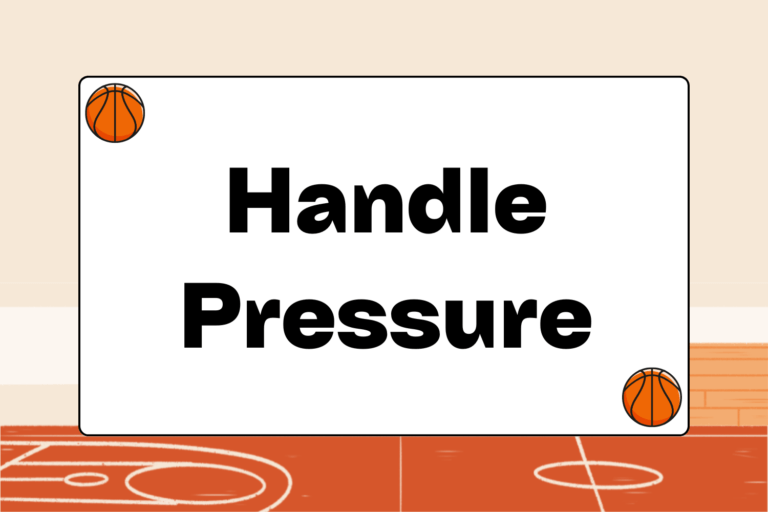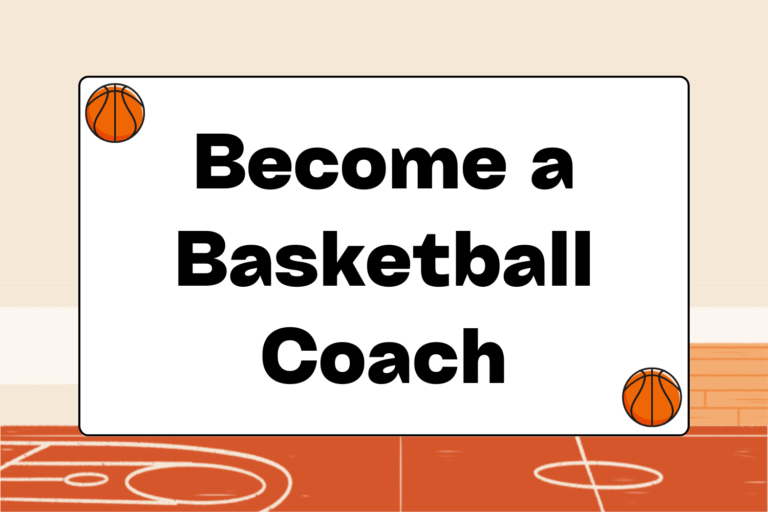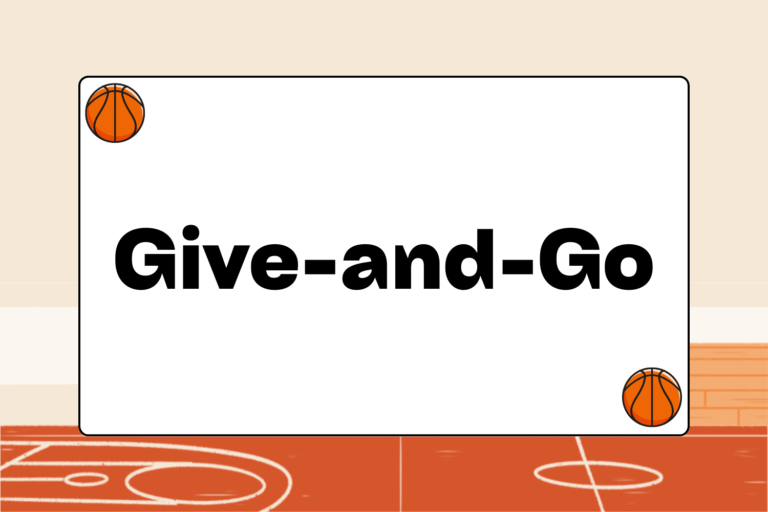If there’s a single, most basic rule of defensive basketball, it’s to stay between your man and the basket. However, offensive players are constantly working to remove you from their path to the hole. There are many different moves an offensive player can use to dislodge you from solid defensive position, including:
- Pump fakes
- Screens and picks
- Crossover dribbles
- Jab steps
- Hand and eye fakes
In fact, the game has evolved to place the highest value on the offensive player who can disrupt defensive positioning with one-on-one moves. These are the players who get the ball in crunch time.
It takes a great deal of pride and determination to effectively defend the other team’s top offensive player. Keeping your man away from the basket and playing successful defense often boils down to desire and dignity. Ultimately, great defenders feel ashamed if they get beat for a basket.
This guide explores the five keys to staying between your man and the basket. Each of them requires you to play the man, not the ball.
Guard Your Opponent’s Stomach
No matter how fancy and skillful a player is at handling the ball, the ball must stay within arm’s length of the dribbler. When the man is guarded aggressively, so is the ball. For this reason, it’s essential to focus on the offensive player’s stomach and forget about the rest.
Concentrate on your opponent’s center of gravity, as opposed to his ball-handling. The idea is to maintain proper defensive position, and focusing on your man’s stomach is the only way to do that.
Active Feet, Calm Center
Proper defensive positioning means keeping your weight on the balls of your toes. This position keeps you ready to move laterally to guard your opponent. When your feet are prepared to move first, you’re less likely to reach for the ball or rely on anticipation (i.e. which direction he’s about to move in). Maintaining your balance is the key to guarding the ball.
However, staying balanced is much easier said than done. A quick offensive player can break down defensive positioning with a variety of fakes, steps, and dribbles. Many defensive players have a tendency to anticipate a quick opponent’s next move to avoid getting beat.
Anticipation leads you to focus on your opponent’s eyes, dribbling, and fakes. Trying to predict where your opponent’s about to move, though, will likely leave you out of position and allow your man to slash away from you. The key to effective defense is to avoid the tendency to anticipate, and to move only when the offensive player moves. This requires you to stay on the balls of your feet, ready to move as quickly as he does.
Also, it’s critical to avoid reaching. Reaching for the ball leaves you instantly vulnerable to a counter-attack. Skilled ball-handlers look for overly-aggressive defenders to get off-balance before driving, passing, or shooting. Always let your feet make the first movement on defense.
Mental Edge
The best offensive players can dribble fluidly behind their back and between their legs, yank the ball back and forth, and crossover at will. The only way to guard these ball moves is to ignore them and stay on the man.
Maintain a Low Center of Gravity
A solid defensive player keeps his eyes lower than those of his offensive opponent at all times. When the opponent begins a quick lateral movement, he will naturally lower his eye level. To maintain defensive position and stay between your man and the basket, you must keep your eyes lower than those of your opponent.
One of the biggest challenges when playing the man is guarding a player who has established his ability to knock down an open shot. In this case, it’s still imperative to guard the dribble penetration and be ready to contest the jump shot. This means remaining lower than your opponent until he has begun to rise up for the jumper. As before, watch his stomach to determine if he’s dribbling or shooting. You’re susceptible to shot-fakes if you watch the ball, his hands, or his eyes.
Remember, you have no chance to defend dribble penetration if your center of gravity is higher than your opponent’s. Be ready to defend movement and challenge shots, and keep a hand in your opponent’s face to disrupt his rhythm.
Slide Laterally in Quick, Choppy Steps
The best defensive players have the quickest, most active feet on the floor. Moving in quick, choppy steps allows you to stay low and maintain good balance. On the other hand, lazy, loping strides keep you off-balance and prone to dribble penetration.
By moving with quick, choppy strides, you can position yourself to steer offensive players toward your teammates or toward the baseline. You can also steer him away from his favorite spots on the floor.
It’s also a good strategy to steer your opponent away from the direction he wants to go by taking a half-step back in that direction. Just be ready to adjust to his movement. By doing so, you can keep your man away from the middle of the offensive zone, or away from the spots he seems to prefer. This is an essential facet of aggressive team defense, and it starts with playing the man first.
Hot Tip: Get Some Space
When guarding an opponent who hasn’t demonstrated the ability to knock down a jump shot, take a half-step back to give yourself more time to react to offensive movement.
Practice, Practice, Practice
If you want to improve at playing your man, you need to incorporate the fundamentals laid out in this guide. Constantly practicing these techniques will turn them into habits, as opposed to something you have to think about every time you’re on defense.
You can improve your defense and overall game if you practice these aforementioned defensive techniques on a regular basis. Taking pride in your defense — during practice and in games — can transform you into a formidable player that can challenge the best offensive players.





